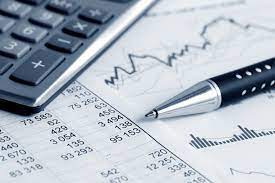
The two most common techniques that minimize investors’ risks and maximize their returns are fundamental analysis and technical analysis. Fundamental analysis measures business-related economic and financial factors to determine a company’s financial health. In order to evaluate the market price, fundamental analysis estimates how much money a company is making, and how much it is likely to make in the future.
It may sound like a company's financial information is a solid ground for estimating a stock price, but in reality, a forecast of the company's future profit is still only a prediction. While many believe that the market price follows the economic forecast, in reality it is quite the opposite; pretty often, nobody seems to know exactly why the market moves in a certain direction, and analysts change their economic predictions based on the market price movement. The great Canadian-American economist John Kenneth Galbraith once said, “The only function of economic forecasting is to make astrology look respectable.”

Unlike fundamental analysis, technical analysis does not analyze the reasons why the price is going up or down. Technicians assume that the market price actually reflects all fundamental, political, and psychological factors that can possibly affect the market price. It follows, then, that analyzing the market price is all that is necessary in order to predict the future price movement. The fluctuation of the price reflects the mass psychology of all the participants in the market. Technical analysis is a mathematical study of the market price movement to estimate the probability of future price fluctuation. When technical analysis studies the price movement, it actually analyzes crowd behavior: technical analysis is an application of mathematical statistics to mass psychology. In fact, behavioral economics uses many of the same tools as technical analysis.